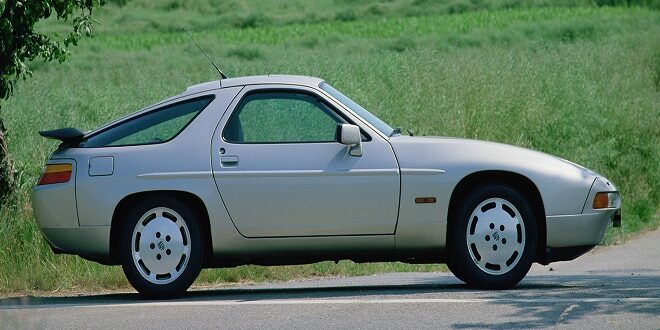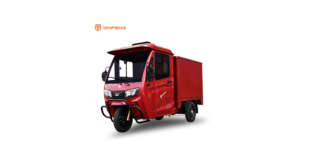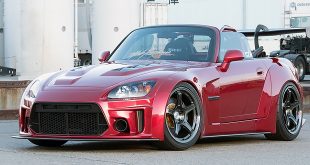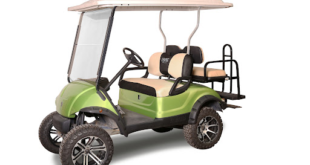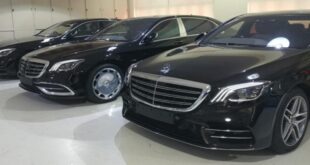Porsche panache
Porsche Co. has a long history of development in the field of suspension and handling, some of this won the hard way by attempting to solve problems introduced by the inherent weaknesses in their initial design.
Many readers will be familiar with the Porsche 911, that brilliant descendant of a long line of sports cars with air-cooled engines at the rear. The evolution of semi-trailing link suspensions at both front and rear has been finely tuned to give excellent handling.
The new models emanating from the Porsche Design Office, the 2-liter 924 and the 4.5-liter 928, are most surprisingly front-engined cars with rear-wheel drive. The final shock is the switch from air-cooled to water-cooled engines.
Helmut Bott, the Director of Engineering at Porsche, has stated that the change to a front-engined location was made to ease the problems associated with the USA 30 m. p.h. simulated front-end collision test. By using a rigid tube to connect the engine and rear-mounted transaxle, the impact energy can be absorbed by the main mechanical components.
12.1 is a ghosted view of the Porsche 928. The engine central tube and transaxle can be seen in the photographic plan.
The Porsche 928 suspension
Upper and lower wishbones are used at the front. At the rear upper and lower transverse links are used with the addition of a special patented flexibly mounted trailing link known as the Weissach-Axle. The suspension geometry gives 30% anti-dive at the front and 50% at the rear.
The rear suspension layout also gives 70% anti-squat. Compromise is essential in these factors, especially when designing a sports car, if adverse changes in toe-in, camber ~ and castor angles are to be avoided.
The suspension engineers at Weissach, the Porsche research center, admit that they arrived at the chosen geometry by trial and error. With a new untried design, one can hardly expect the computer to give a reliable answer.
On the front suspension, an alloy casting is used to provide a conventional upper wishbone. An even more robust alloy casting is used for the transverse lower arm. These components are particularly robust since they are subjected to very high forces during braking, acceleration and cornering.
The components of the rear suspension can be seen in Fig. 12.3, which is a photograph of the rear suspension cross-member and the suspension components taken from the front. Each wheel hub carrier is located by a simple transverse upper link and a more complex lower link which is, in effect, an integrated two-part link.
The transverse member is a relatively thin steel plate, very stiff under pure vertical loads, but flexible in the fore-and-aft direction. The trailing link is attached to an articulated double-pivot, which lies approximately in line with the inner pivot (the pivot of the steel plate) to make an angle of approximately 25° with the center line of the car.
Porsche 928 conventional suspension toe-out due to elasticity. When decelerating or braking, the wheels in a conventional suspension toe out at an angle owing to force P. The reasons are the rubber bearings in the suspension required for noise absorption. (b)-(c), Weissach-Axle – toe-in due to kinematics.
Last word
A kinematic effect changes the angle towards toe-in when decelerating or braking. For reasons of nOIse absorption, rubber bearings are featured, but toe-out is immediately balanced by the kinematic effect a . Thus dangerous side movements are prevented in curves, an important characteristic.

